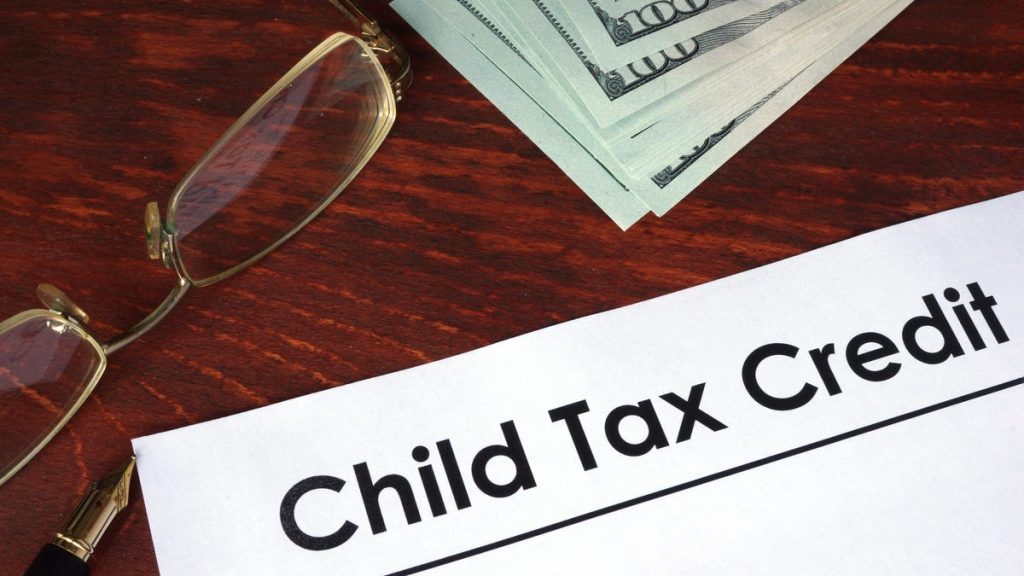The arrival of the 2025 tax season has many people considering their options for deductions and credits, with the child tax credit being a popular topic of discussion. The federal child tax credit was first introduced in the late 1990s to help lower tax dues based on the number of dependent children a person has. Over the years, the amount offered by the credit has increased and can now also increase your tax refund. Studies have shown that the child tax credit can have a meaningful impact on the quality of life for many families, helping to lift them out of poverty.
The federal child tax credit provides a credit for each dependent child claimed on a tax return. This credit can help lower the amount owed in taxes or increase the amount received in a tax refund. Currently, the credit is good for up to $2,000 per dependent child, with $1,700 of that amount being refundable. Unless Congress passes another expansion, the value of the child tax credit will decrease to $1,000 in 2026, with none of it being refundable. To qualify for the child tax credit, the child must be younger than 17 by the end of the tax year, must be a qualifying relation, must have lived with you for at least half of the year, and must have a valid Social Security number.
While anyone with a dependent child can claim the child tax credit, there are income thresholds that determine the amount a person can receive. In order to qualify for the full amount, individual filers must have an income of $200,000 or less in 2024, while joint filers must have an income of $400,000 or less. The credit begins to decrease in value by $50 per $1,000 of income over these thresholds. It is important to note that the child tax credit is nonrefundable, but a portion of it can be claimed as a refundable credit. Additionally, there are other tax credits like the saver’s credit that can help lower your tax bill.
It is important to understand the qualifications and income thresholds for the federal child tax credit in order to maximize the benefits for your family during tax season. By ensuring that your dependent child meets the requirements set by the IRS and that your income falls within the designated thresholds, you can take advantage of this credit to lower your tax burden or increase your refund. Additionally, staying informed about other tax credits that may apply to your situation, such as the saver’s credit, can further help reduce your tax bill. As the 2025 tax season approaches, it is essential to be proactive in understanding and utilizing the available tax credits to benefit your financial situation.


